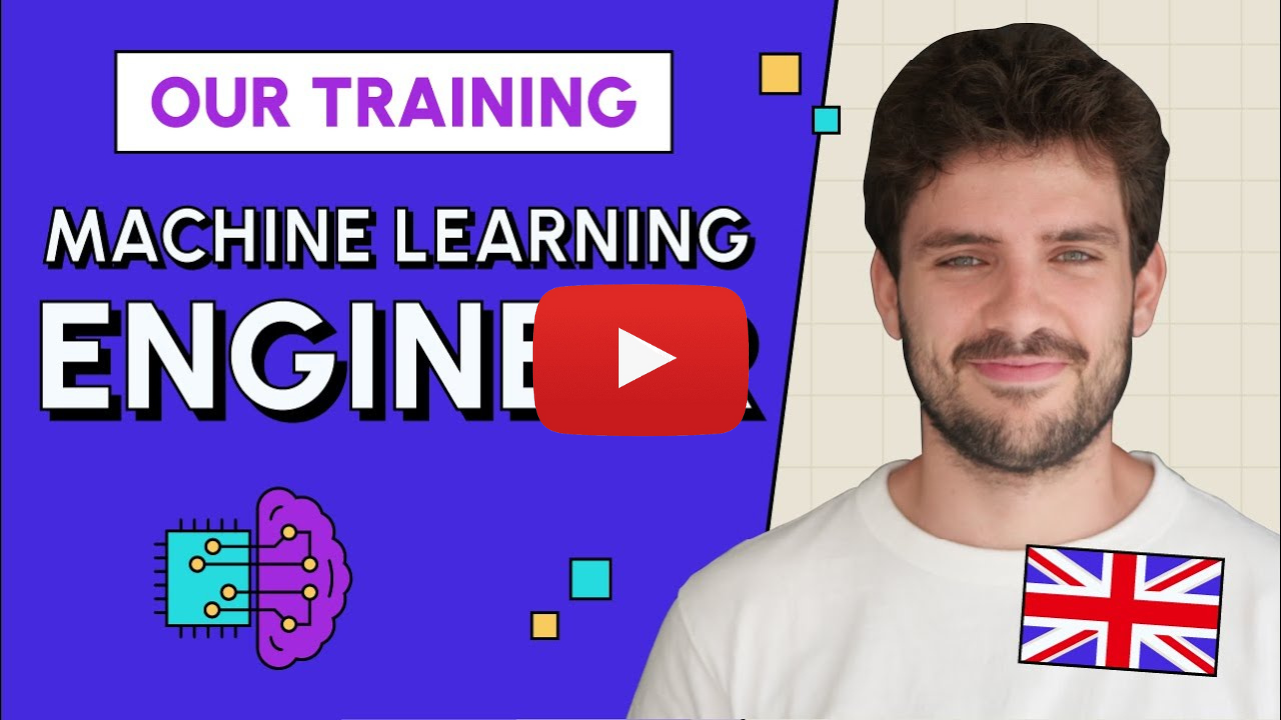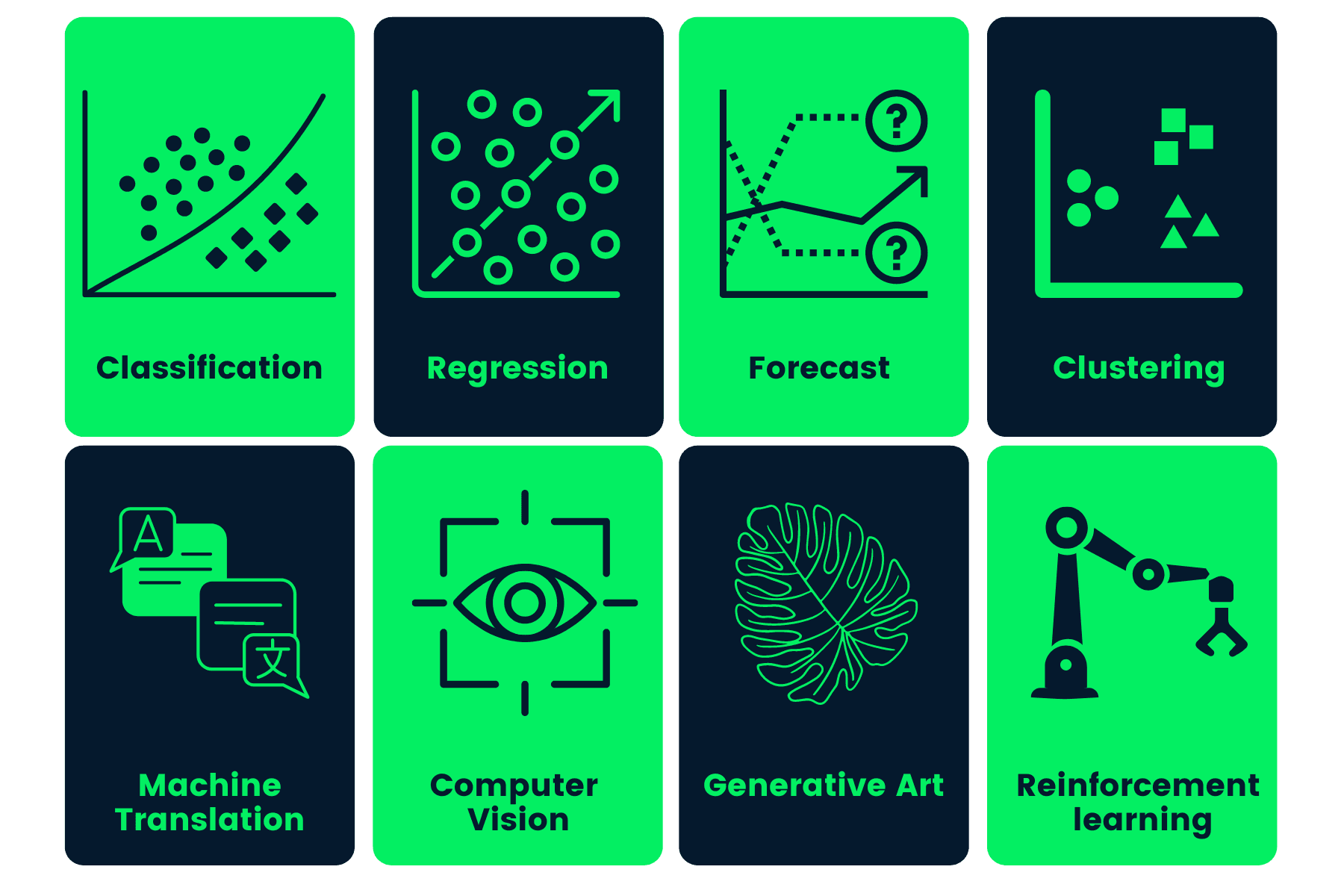All Categories
Featured
Table of Contents
You probably recognize Santiago from his Twitter. On Twitter, every day, he shares a whole lot of practical things concerning maker understanding. Alexey: Prior to we go into our major subject of relocating from software program engineering to equipment learning, perhaps we can begin with your history.
I began as a software application programmer. I mosted likely to university, obtained a computer technology level, and I started constructing software application. I believe it was 2015 when I decided to go with a Master's in computer system scientific research. Back then, I had no idea concerning maker knowing. I really did not have any type of rate of interest in it.
I know you have actually been making use of the term "transitioning from software engineering to artificial intelligence". I such as the term "contributing to my capability the artificial intelligence skills" more due to the fact that I assume if you're a software program designer, you are already providing a lot of value. By including maker knowing now, you're enhancing the influence that you can carry the market.
That's what I would do. Alexey: This comes back to among your tweets or maybe it was from your program when you compare 2 techniques to knowing. One strategy is the trouble based strategy, which you just spoke about. You locate a trouble. In this situation, it was some trouble from Kaggle concerning this Titanic dataset, and you simply learn just how to fix this issue making use of a particular tool, like choice trees from SciKit Learn.
9 Simple Techniques For Machine Learning Applied To Code Development
You first learn mathematics, or direct algebra, calculus. When you recognize the math, you go to maker understanding theory and you find out the theory.
If I have an electric outlet right here that I need replacing, I do not want to most likely to university, spend four years understanding the mathematics behind electrical power and the physics and all of that, simply to alter an electrical outlet. I would certainly instead begin with the electrical outlet and discover a YouTube video clip that aids me undergo the problem.
Santiago: I really like the concept of starting with a trouble, attempting to throw out what I recognize up to that issue and comprehend why it doesn't function. Get hold of the devices that I need to address that problem and begin excavating deeper and much deeper and deeper from that factor on.
Alexey: Maybe we can chat a little bit concerning finding out sources. You discussed in Kaggle there is an intro tutorial, where you can get and find out how to make decision trees.
The only need for that course is that you recognize a little bit of Python. If you're a programmer, that's a terrific base. (38:48) Santiago: If you're not a designer, after that I do have a pin on my Twitter account. If you most likely to my profile, the tweet that's mosting likely to be on the top, the one that claims "pinned tweet".
Some Ideas on Untitled You Need To Know

Also if you're not a developer, you can start with Python and work your way to even more maker learning. This roadmap is concentrated on Coursera, which is a platform that I really, truly like. You can investigate every one of the training courses free of charge or you can spend for the Coursera subscription to obtain certificates if you wish to.
Alexey: This comes back to one of your tweets or perhaps it was from your course when you compare 2 methods to understanding. In this case, it was some problem from Kaggle concerning this Titanic dataset, and you just find out exactly how to address this trouble using a particular device, like choice trees from SciKit Learn.

You initially learn math, or straight algebra, calculus. When you know the math, you go to maker knowing concept and you find out the concept. 4 years later, you ultimately come to applications, "Okay, how do I use all these 4 years of math to solve this Titanic issue?" Right? So in the previous, you sort of save yourself time, I believe.
If I have an electrical outlet below that I need changing, I do not intend to go to university, invest 4 years understanding the math behind electricity and the physics and all of that, simply to change an electrical outlet. I prefer to begin with the outlet and locate a YouTube video that aids me undergo the issue.
Santiago: I really like the idea of starting with an issue, attempting to toss out what I know up to that problem and recognize why it doesn't function. Order the tools that I need to solve that issue and begin excavating much deeper and much deeper and deeper from that point on.
That's what I usually advise. Alexey: Possibly we can speak a little bit about finding out sources. You discussed in Kaggle there is an intro tutorial, where you can obtain and discover just how to make choice trees. At the start, prior to we started this meeting, you pointed out a couple of publications too.
Getting My Computational Machine Learning For Scientists & Engineers To Work
The only demand for that training course is that you know a little of Python. If you're a developer, that's an excellent starting factor. (38:48) Santiago: If you're not a designer, after that I do have a pin on my Twitter account. If you most likely to my profile, the tweet that's mosting likely to be on the top, the one that claims "pinned tweet".
Even if you're not a programmer, you can start with Python and work your way to even more artificial intelligence. This roadmap is focused on Coursera, which is a system that I actually, truly like. You can examine all of the courses completely free or you can spend for the Coursera subscription to get certificates if you wish to.
The Definitive Guide to How Long Does It Take To Learn “Machine Learning” From A ...
Alexey: This comes back to one of your tweets or maybe it was from your course when you contrast 2 techniques to discovering. In this situation, it was some issue from Kaggle concerning this Titanic dataset, and you simply learn just how to fix this trouble utilizing a certain tool, like choice trees from SciKit Learn.

You first find out math, or direct algebra, calculus. When you know the mathematics, you go to machine understanding concept and you discover the concept.
If I have an electric outlet right here that I require replacing, I do not intend to go to college, invest four years understanding the mathematics behind electrical power and the physics and all of that, simply to transform an electrical outlet. I prefer to begin with the electrical outlet and locate a YouTube video clip that assists me undergo the trouble.
Santiago: I really like the idea of starting with a trouble, trying to throw out what I understand up to that issue and comprehend why it doesn't work. Grab the devices that I require to solve that problem and begin excavating deeper and deeper and deeper from that point on.
Alexey: Possibly we can talk a little bit regarding finding out sources. You mentioned in Kaggle there is an intro tutorial, where you can obtain and learn exactly how to make decision trees.
Fascination About Artificial Intelligence Software Development
The only requirement for that course is that you know a little bit of Python. If you go to my account, the tweet that's going to be on the top, the one that states "pinned tweet".
Even if you're not a designer, you can start with Python and function your method to more machine discovering. This roadmap is focused on Coursera, which is a system that I actually, truly like. You can audit all of the training courses for free or you can pay for the Coursera membership to obtain certificates if you wish to.
So that's what I would do. Alexey: This comes back to one of your tweets or perhaps it was from your course when you contrast two techniques to knowing. One strategy is the issue based method, which you simply spoke around. You locate an issue. In this instance, it was some trouble from Kaggle concerning this Titanic dataset, and you simply learn exactly how to address this problem utilizing a particular tool, like choice trees from SciKit Learn.
You first learn mathematics, or direct algebra, calculus. After that when you recognize the mathematics, you go to artificial intelligence theory and you learn the concept. After that 4 years later, you ultimately pertain to applications, "Okay, just how do I utilize all these four years of math to solve this Titanic trouble?" Right? In the former, you kind of conserve on your own some time, I think.
Software Engineering Vs Machine Learning (Updated For ... Can Be Fun For Anyone
If I have an electric outlet below that I require replacing, I do not wish to go to university, invest four years understanding the mathematics behind electricity and the physics and all of that, just to transform an electrical outlet. I prefer to start with the electrical outlet and locate a YouTube video clip that aids me undergo the problem.
Poor analogy. However you understand, right? (27:22) Santiago: I really like the concept of beginning with an issue, trying to throw out what I know as much as that problem and recognize why it doesn't function. Get the tools that I require to resolve that problem and start excavating deeper and deeper and deeper from that factor on.

Alexey: Maybe we can speak a little bit concerning discovering sources. You pointed out in Kaggle there is an introduction tutorial, where you can get and find out how to make decision trees.
The only requirement for that training course is that you recognize a little bit of Python. If you go to my profile, the tweet that's going to be on the top, the one that claims "pinned tweet".
Also if you're not a programmer, you can begin with Python and work your method to even more artificial intelligence. This roadmap is concentrated on Coursera, which is a system that I actually, actually like. You can examine every one of the training courses totally free or you can spend for the Coursera subscription to obtain certificates if you intend to.
Latest Posts
9 Software Engineer Interview Questions You Should Be Ready For
The 10 Types Of Technical Interviews For Software Engineers
How To Own Your Next Software Engineering Interview – Expert Advice